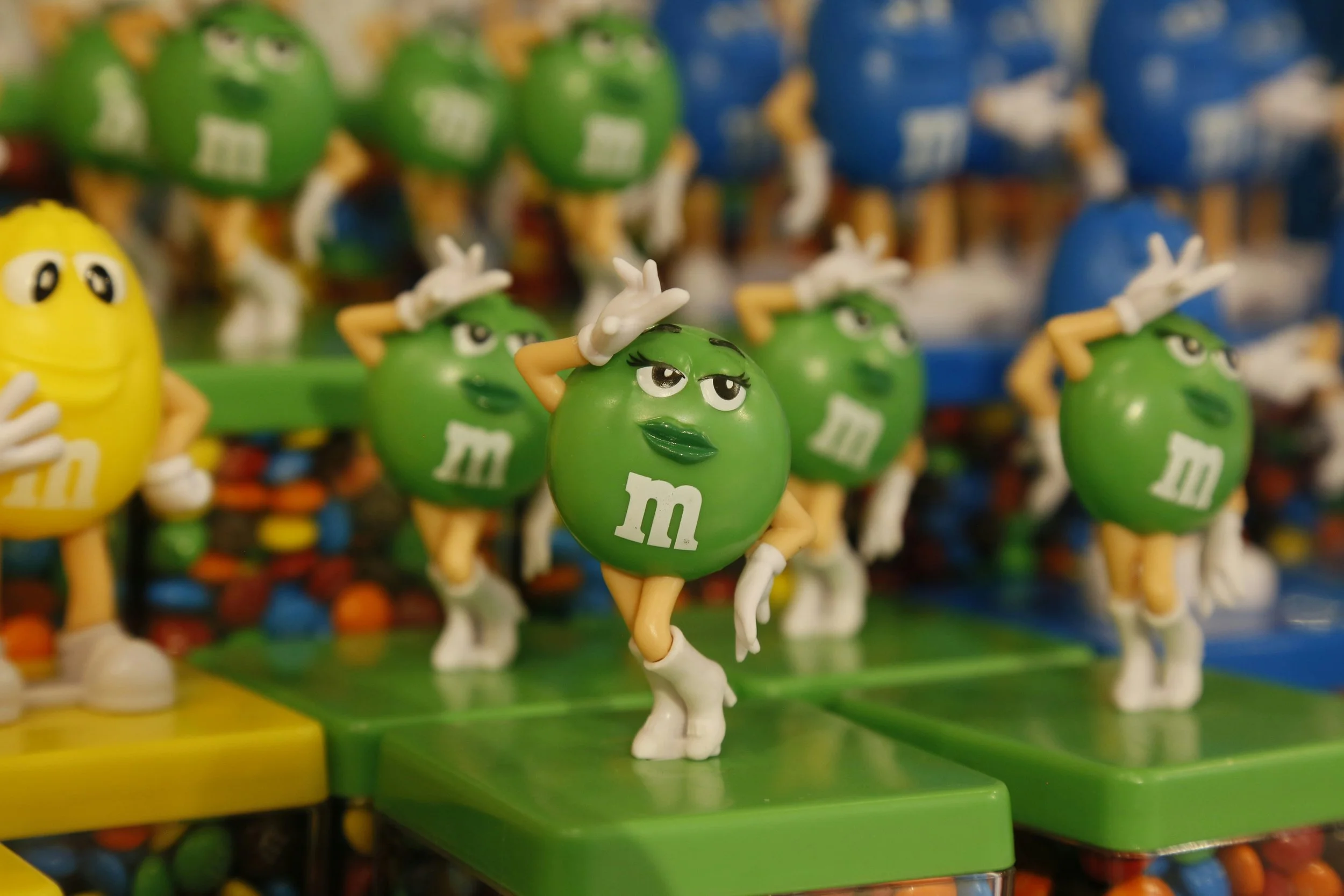Where’d All the Mascots Go? And Should We Even Want Them Back?
Photo by Syed F Hashemi on Unsplash
Whether you’re a marketer, designer, strategist, or just nostalgic for Tony the Tiger, mascots are more than a throwback. They’re the branding deep dive you didn’t know you needed—and maybe the branding solution your business is missing.
Somewhere between the golden age of Frosted Flakes and today’s hyper-minimalist brand world, mascots disappeared. Logos flattened, slogans softened, and suddenly the faces that once lived rent-free in our brains—Tony the Tiger, the Kool-Aid Man, the GEICO Gecko—started feeling more like relics than marketing assets.
But here’s the kicker: mascots still outperform logos and slogans in ad effectiveness. Research from System1 and IPA shows characters can boost brand recognition and recall far more than a catchy line or a sleek wordmark. Why? Because mascots don’t just decorate campaigns—they become storytelling vehicles. They hold memory in ways fonts never can.
The Science of Why Mascots Stick
Our brains are wired for faces and personalities. Neuroscientists call it the “humanization effect”: when something inanimate takes on human-like traits, we empathize faster and remember longer. That’s why you still know the Jolly Green Giant’s voice but probably can’t recite last year’s Nike tagline. Mascots bypass rational processing and plug straight into emotion—the stuff that builds long-term brand equity.
Where Tech (and AI) Comes In
Fast forward to today: mascots aren’t gone, they’re mutating.
Digital tech has moved them off cereal boxes and into interactive worlds (think Duolingo’s owl running wild on TikTok).
AI is making it easier than ever to create and animate mascots, giving even small brands the ability to spin up characters that live across video, chatbots, and immersive experiences.
Gaming and AR are the next big frontier—mascots as playable characters, not just spokes-figures.
In other words, mascots are leaving the 2D page and entering the 360° brand ecosystem.
Why Your Brand Might Need One Now
If mascots are so powerful, why’d we ditch them? Minimalist design trends, a rush toward “sophistication,” and the DTC playbook’s obsession with sans serif type left little room for fun. But here’s the plot twist: in an era of AI sameness and visual noise, personality is a competitive advantage.
A well-designed mascot can:
Cut through algorithm fatigue
Carry brand voice into new platforms (imagine your mascot answering FAQs in ChatGPT style)
Build familiarity in markets where trust is low
Give your community a character to rally around
So…Should We Bring Them Back?
Yes—but with intention. The future isn’t about slapping googly eyes on your logo. It’s about crafting characters that embody your values, live natively in digital spaces, and evolve with your audience. The next Tony the Tiger won’t be on a cereal box; it’ll be in your TikTok feed, your Discord server, or your AR shopping app.
Mascots aren’t dead. They’re just waiting for brands brave enough to bring personality back into the room.

